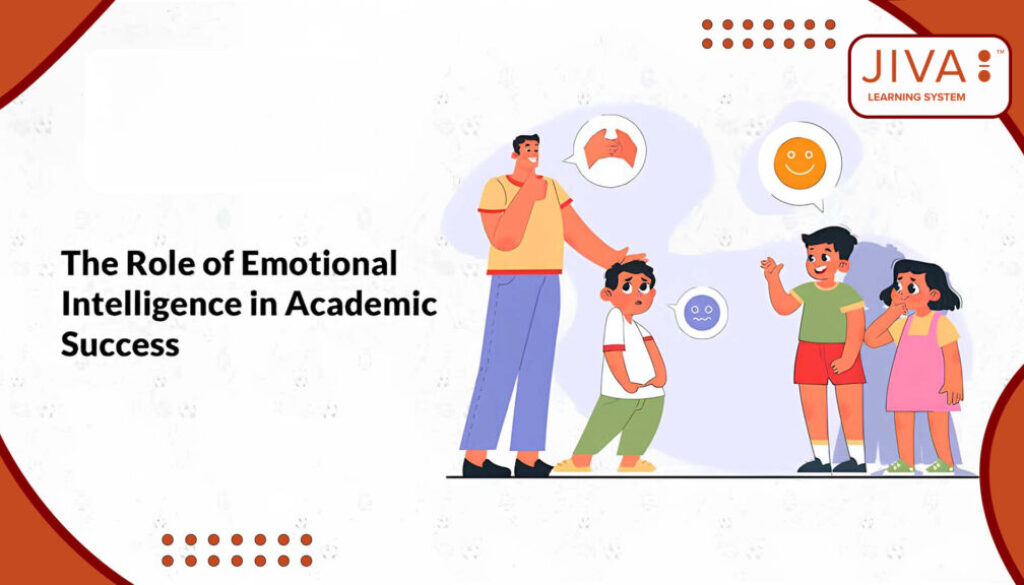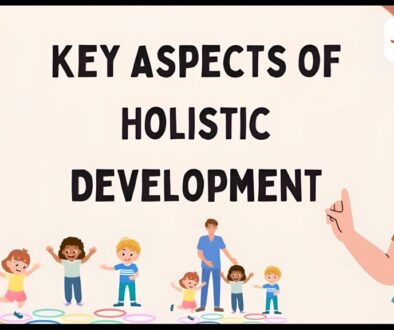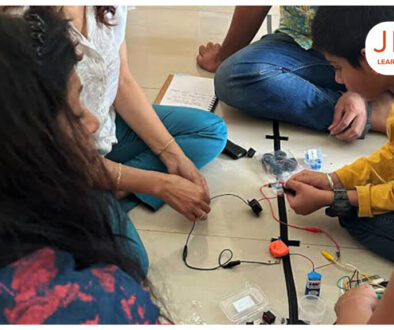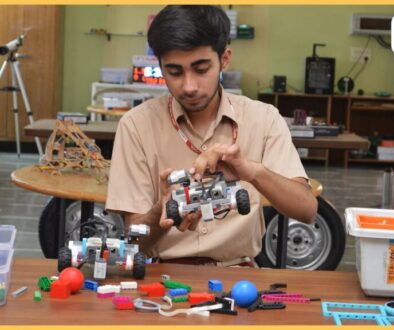Role of Emotional Intelligence in Modern Education
In today’s fast-paced and constantly changing world, education has expanded beyond traditional subjects like science, math, and history. One of the most important forms of intelligence is being emotionally intelligent. Being able to recognise and influence other people’s emotions as well as controlling and expressing your own emotions are all considered aspects of emotional intelligence. Emotional intelligence (EI) has a major impact on the academic and personal success of students in today’s classroom.
This article will discuss the importance of emotional intelligence in education and how it can be successfully incorporated in the classroom.
Understanding Emotional Intelligence
Emotional intelligence is often divided into five major components:
1. Self-awareness: Being self-aware means being able to understand and recognise your own feelings.
2. Self-regulation: Controlling or changing impulses and erratic emotions is called self-regulation.
3. Motivation: Having the desire to succeed for the sake of succeeding.
4. Empathy: Being aware of other people’s feelings is called empathy.
5. Social skills: Using relationships to influence others is called social skills.
The Significance of Emotional Intelligence in Education:
1. Boosting Academic Success
Usually, students with higher emotional intelligence tend to perform well academically. They tend to deal well with social complexities, remain motivated, and control stress. Schools help students build up the resilience necessary to effectively deal with the pathways of academic hurdles.
2. Forming Healthier Relationships:
Education means more than just memorising facts; it also means generating interpersonal skills. Emotional intelligence forms a basis upon which relationships between students and teachers and among students and parents are established and maintained positively. In developing a positive learning environment as well as individual development, these relationships are crucial.
3. Boosting Mental Health
With mounting concern from students on their mental health, there is no question that high levels of depression, anxiety, or stress, as already noted, impede learning. Teaching emotional intelligence in schools so that students are armed with skills to “read” emotions in others initiates them in emotional management, boosting their mental health.
4. Preparing for Future Careers
Emotional intelligence bears immense value at a workplace in respect of the contemporary times. Rarely has there been an employer who has not sought a person possessing that rare combination of conflict management skills, team-working skills, and empathy. Inculcating these skills at an early age makes children even more potential candidates for employment in the future.
How to Integrate Emotional Intelligence in Education
1. Embedding EI in the Curriculum
By incorporating it into already-existing subjects or by creating specialised lessons, schools can incorporate emotional intelligence into the curriculum. For example, social studies classes can talk about empathy in historical contexts while literature classes can examine the motivations and feelings of characters.
2. Teacher Training
The development of emotional intelligence is largely the responsibility of educators. Educating educators on how to identify and address students’ emotional needs can foster a more encouraging learning environment. Active listening and empathy are two examples of emotionally intelligent behaviours that educators can demonstrate.
3. Create a Safe and Inclusive Environment
If the school environment is welcoming and safe, students can freely express their emotions. Such an environment can be created by celebrating diversity, promoting respect, and enforcing anti-bullying policies. When students feel appreciated and understood, they grow in emotional intelligence.
4. Use of Mindfulness and Emotional Literacy Programs
Through mindfulness programs, students can develop better emotional awareness and coping skills. Emotional literacy programs train students to identify and understand their emotions. Activities such as group discussions, role-playing, and journaling help in this process.
5. Peer involvement
Support networks can incorporate peer mentoring, peer consultation, or a buddy system—services that sort of push for extra emotional help for students. It is within the framework of these new initiatives that a student can develop social skills and empathy and learn from others’ experiences.
Effects of Emotional Intelligence on Student Learning Outcomes
Students with high emotional intelligence can, other than that, have a solid personal connection. In turn, research assures high academic attainment as one of the symptoms of high emotional abilities about a strong character, whereas the opposite must be so for someone with higher emotional intelligence:
High Academic Performance: As part of controlling emotions, students remain active and focused on academic learning so their academic record improves.
Improved Social Interactions: By increasing students’ emotional intelligence, communication and conflict resolution techniques become more effective.
Decreased Behavioural Problems: Students with high EIs tend to be controlled emotionally, whereas high levels of empathy can lead to good discipline in students, resulting in legally fewer behavioural problems.
Those challenges in implanting EI within schools
Lack of resources: Not all schools have the resources they need to bring in a whole EI program.
Resistance to change: Research found that a good number of both parents and teachers felt that EI was not as important as the usual academic subjects.
Measuring EI: Measuring academic performance is much easier than measuring emotional intelligence.
For each challenge faced
Securing funds: Schools can partner with organisations that work on social-emotional learning (SEL) programs or take up a grant.
Raising awareness: Raising awareness on the importance of an EI can make the acceptance of that fund that much more widespread within communities, with educators and parents.
Developing assessment tools: Introducing development tools to measure emotional intelligence is thus necessary, along with the monitoring of student progress and program results.
Conclusion
There is certainty that all the students will automatically attain academic, social, and life successes. Schools get ready to meet the demands of the 21st century by setting up the right supportive climate, training teachers, and working EI into the curriculum.
The Jiva Learning System makes sure emotions are well-developed and nurtured in students and will be quite an important initiative in shaping these futures so that the students are not only academically well set but also emotionally stable and socially skilled.




